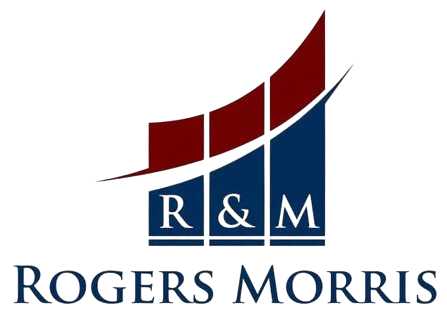The Importance of Value Creation
Overview
Many directors (and other business owners) focus on increasing profits and returns on capital they have invested but pay little, if any, attention to factors that increase the value multiple of their companies. This can be a significant lost opportunity and can jeopardize the prospects of their business – as it may need to pay more for any equity capital it raises and may not be able to raise as much capital (debt and equity) than it would otherwise have been able to raise.
Whereas some handsomely profitable businesses have no market value, some sell on low multiples while others on high multiples, and that can occur in the same sector. Furthermore, some similarly profitable businesses in the same sector can command very different value multiples. So, it is incumbent on the directors in the performance of their fiduciary duties to understand why that is the case, and what can be done to increase the value and value multiple of their company.
Our value creation program is designed to assist directors (and other business owners) increase their company’s profits, value and value multiple and to that end deepen their understanding of their company’s business and its value equation.

